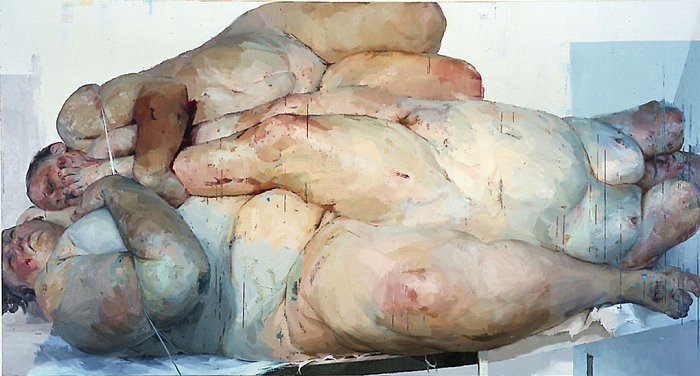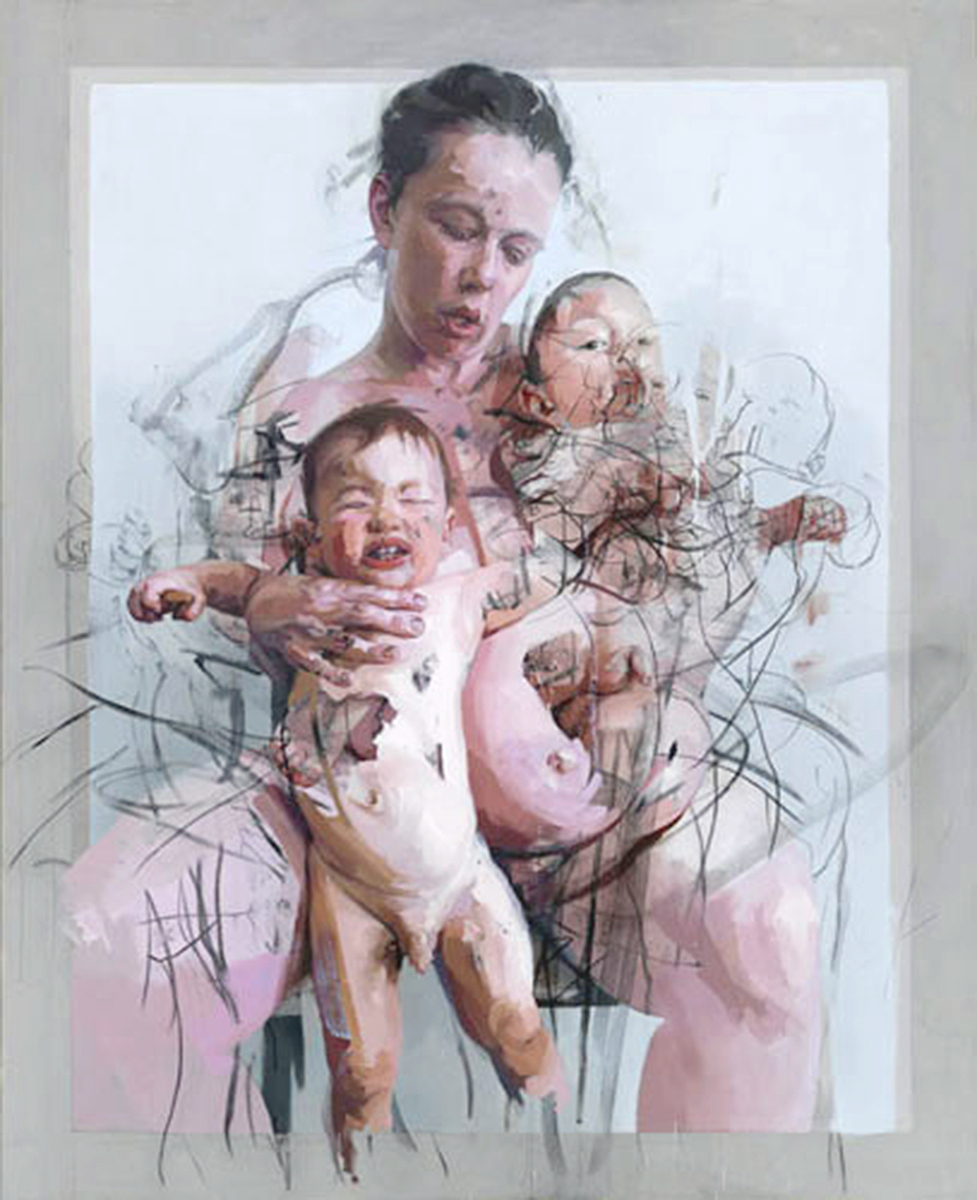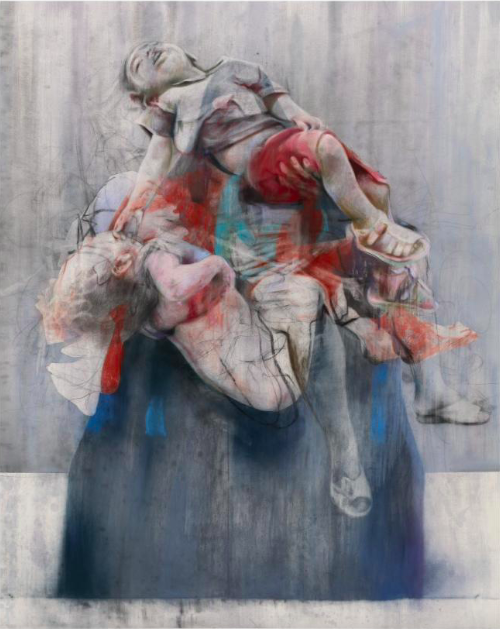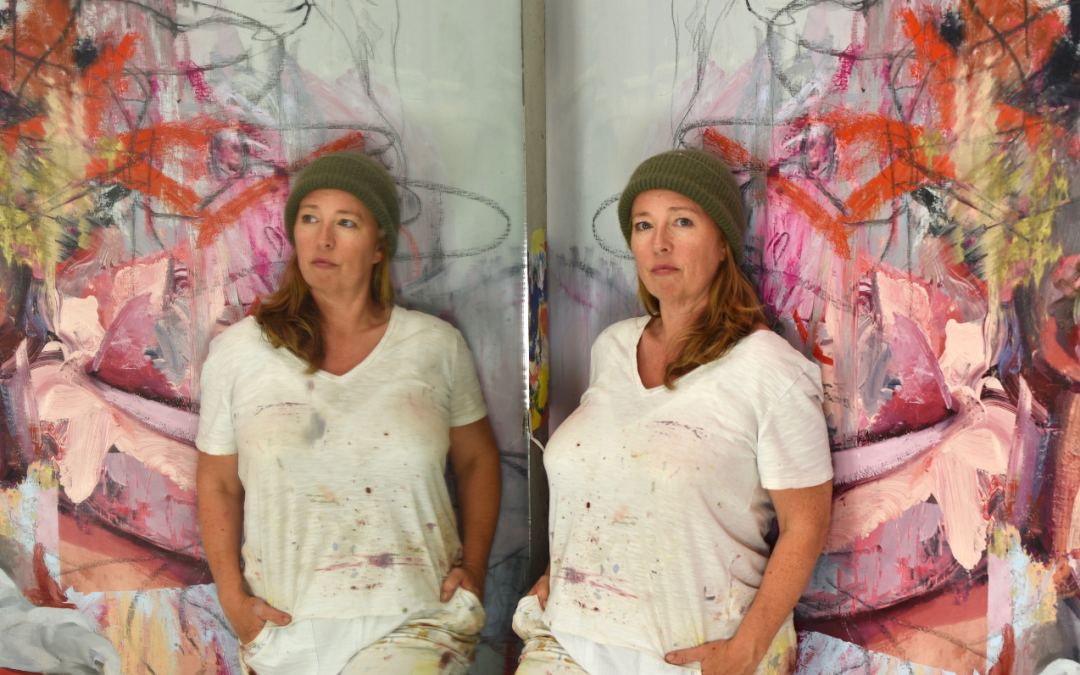The body and painting: Jenny Saville in Florence dialogues with the Renaissance
Faces and bodies, dense brushstrokes and bright colors: this is what we think of when the name of Jenny Saville is mentioned, who has made exploration and in-depth investigation of the human body the focal point of her artistic research, creating works that are as real as they are dreamlike. .
Her attention is focused on anatomical details, often enlarged and recombined, combining evidently everyday inspirations with a formal rendering that appears almost archaic and primordial, managing to overcome both the most classic figuration and the most contemporary abstraction.

Jenny Saville, Fulcrum, 1999 – Courtesy Wikiart
Florence is preparing to welcome a huge amount of the artist’s works, to establish a dialogue between the history of art represented by one of the Italian cities that first binds its name to the greatest cultural flourishing and contemporary art.
A profound relationship and interaction is thus established between Jenny Saville and the great Renaissance masters, which is expressed in the various Florentine venues where the exhibition will take place: the Museo Novecento, directed by Sergio Risaliti, in turn creator of the exhibition project, will welcome inside paintings and drawings, from the last twenty years until today.

Jenny Saville, The Mothers, 2011 – Courtesy Artesplorando
The infamous “Fulcrum” will find space in Palazzo Vecchio within the Salone dei Cinquecento, in a dialogue with the sculptural specimens whose dimensions and plasticity it recalls.
At the Museo dell’Opera del Duomo in Florence, Michelangelo’s Pietà Bandini will instead relate to “Study for Pietà”, a gigantic drawing that represents the last result of the artist born after a previous visit to the city, making the reflections that revolve around the concept of pietas.
“The Mothers” will instead be visible at the Museo degli Innocenti, linking both to the two examples of Madonnas with Child by Luca della Robbia and Botticelli, and to the theme of abandonment of children which has always been linked to the Spedale degli Innocenti.
The last consecration of the Saville – Michelangelo comparison is found right at Casa Buonarotti in homages and references between sketches, drawings and paintings.

Jenny Saville, Aleppo, 2017-18 – Courtesy National Galleries of Scotland
The tradition of the painting, of the portrait, of the nude lives in a new light in the work of Jenny Saville, who manages to make it more current and contemporary than ever despite the continuation of a path that has been followed for centuries thanks to analysis, all experience and the results of generations of artists.

